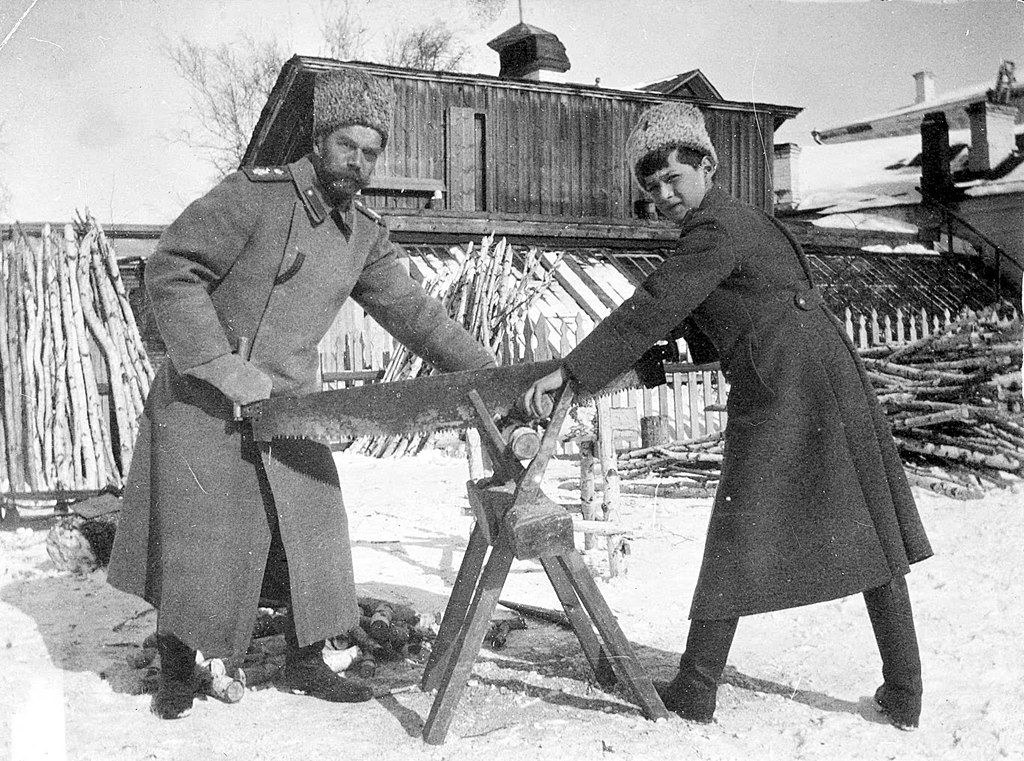The disease of rulers
The Hemophilia of the Young Tsarevich Alexei

Tsar Nicholas II with his son Alexei during captivity in 1917 - Wikimedia
The year 1904 was supposed to be a joyful one for the Russian royal family. After having only daughters, Tsar Nicholas II finally had a male heir: Alexei (in honor of Tsar Alexei I) Romanov. However, what should have been a day of celebration turned into a moment of panic and fear. Shortly after birth, the newborn Tsarevich continued to bleed from his freshly cut umbilical cord, showing clear signs of pain. The doctors soon noticed that his wounds, including the one just mentioned, struggled to heal properly, leading to small subcutaneous hemorrhages that caused the future Tsar great suffering.
Tsarina Alexandra Feodorovna anticipated the doctors' diagnosis, recognizing the condition as the "royal disease"—hemophilia. This disorder, known for being passed from ruling monarchs to their heirs, was common among Europe's royal families, as most were closely related. Nicholas II himself was related to both King George V of Britain and Kaiser Wilhelm II of Germany. Alexei was a direct descendant of Queen Victoria of England, who was also affected by hemophilia, as was the Tsarina herself.
Hemophilia is a genetic disorder that impairs blood clotting, making individuals highly susceptible to internal bleeding. The disease primarily manifests in males, while women can carry and transmit it without showing symptoms—just as in the case of the Tsarevich and his mother. As a result, Alexei endured a life filled with pain, constantly watched over by his parents, especially his father, Nicholas II. Even minor bruises caused him great suffering, leading to large subcutaneous hematomas that confined him to bed for weeks.
At the time, there was no cure for hemophilia, making Alexei unfit to rule. This condition played a role in Nicholas II’s decision to abdicate in 1917 in favor of his brother, Grand Duke Michael, as the Tsar wished to remain with his son rather than leave him alone—even though he still enjoyed popular support (the severity of Alexei’s illness was only made public in 1912). The Tsarevich’s fragile health was also a major factor behind the royal family’s association with the mystic healer Rasputin, whose influence accelerated the downfall of the Romanovs.
Marzia Sarcinelli ,L'ultimo zar. Nicola II, Alessandra e Rasputin, Ugo Mursia Editor, 2016
2025-02-11
Salvatore Ciccarello
